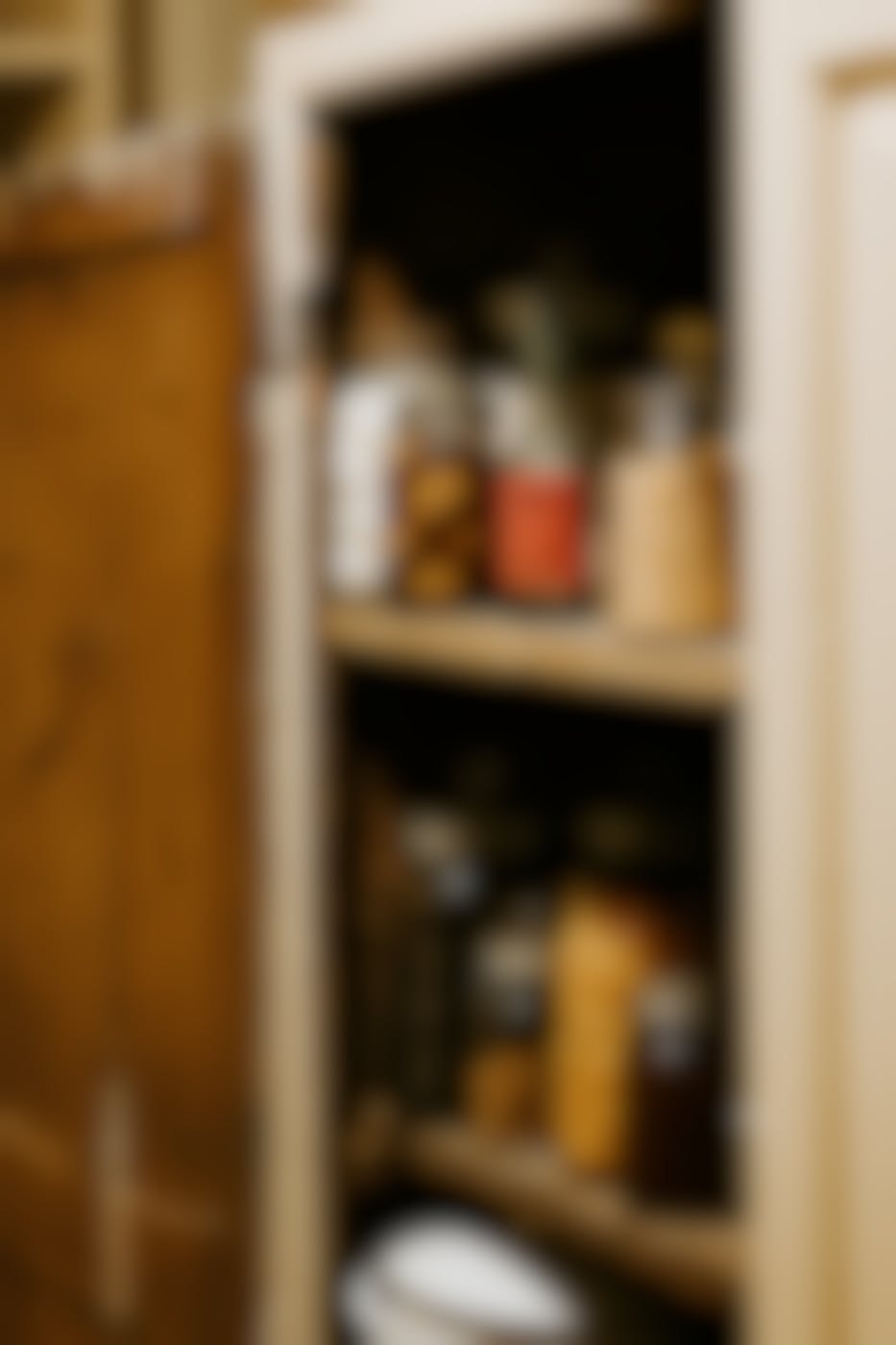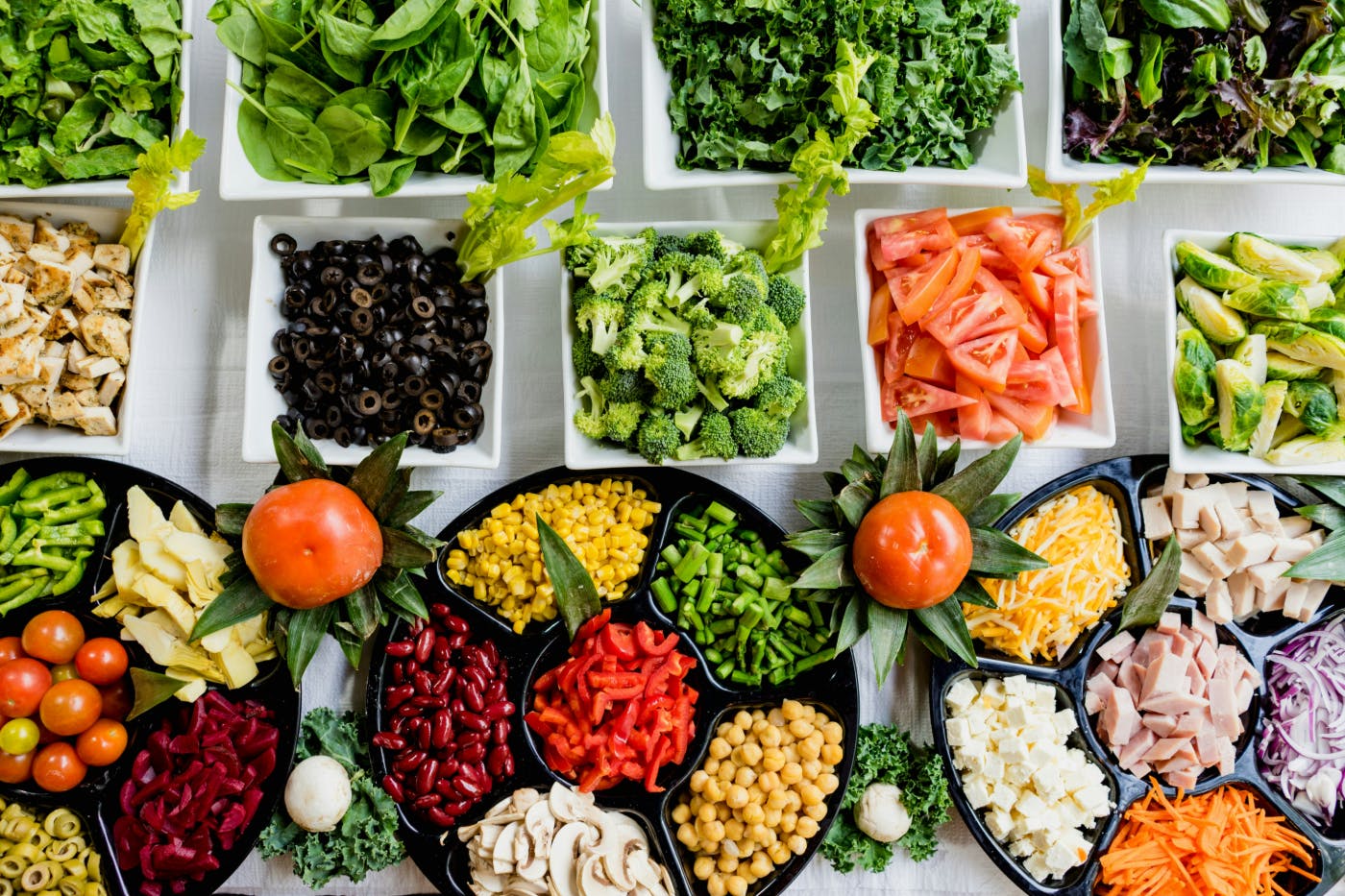
Now, if you’ve been reading ThoughtLab’s five-part series on quantum computing, you’ll have learned that this kind of supercomputing can open us to new worlds, ideas, technologies, and advancements never before imagined. It truly is a life changer.
When I started down this path of writing about quantum computing, I freely admitted that I knew next to nothing. I have been learning about it as I research and write, feed thought into an AI engine, and plow my way through endless scientific papers on the subject. Well, I’m happy to say that not only do I fully understand the idea of quantum computing, but I also feel ready to put my knowledge and its power to the test.
Now, if you’ve been reading ThoughtLab’s five-part series on quantum computing, you’ll have learned that this kind of supercomputing can open us to new worlds, ideas, technologies, and advancements never before imagined. It truly is a life changer. Now, I could sit back and passively write about the wonders of this technology, or I could jump in and get my hands dirty, figure out the ins and outs of the technology, and do an experiment that would have world-altering ramifications, really test the power of quantum computing. So, I have asked this supercomputing technology, which can predict the impossible, to predict what I am having for dinner.
A waste of time, you say? Hardly. I’m a single man with a pantry full of ramen noodles, tinned fish, and peanut butter. I have a spring onion in my crisper drawer that is no spring chicken and a bunch of broccoli that moved from a solid to a liquid and is quickly encroaching on the realm of gas. I pace between cabinet, fridge, and freezer wondering what to eat, trying my best to avoid the fast food that my treasonous body so craves, and create something healthy, nutritious, and … oh, who am I kidding … something mildly edible would prove this new style of computing is pure genius.
I know quantum computing is designed to tackle problems of immense complexity, but could it solve the mystery of what to eat on a Tuesday night? My quantum computer should be able to handle this, right? After all, it can predict outcomes that we can’t even imagine. So, here I am, handing over the fate of my dinner to a supercomputer that is supposedly capable of solving the universe’s greatest mysteries. Surely, it can tell me whether to opt for the leftover broccoli (that might be alive or just plain dead), or if I should just give in to my primal urge for peanut butter toast.
Now, you might be asking yourself, “Paul, you’ve just uncovered the secrets of the universe—why in the name of Schrödinger’s cat would you waste quantum computing on dinner?” And to that, I say: Why not? If this supercomputer can take on complex calculations, solve global challenges, and maybe even make me a sandwich while it’s at it, surely it could help me navigate the black hole of my pantry.
The thing is, with quantum computing, we're talking about a whole different level of predictive power. Unlike the traditional systems we rely on today, which are built to handle binary code, quantum systems deal in qubits—quantum bits that can exist in multiple states at once. In simple terms, a quantum computer can process far more complex variables simultaneously than any of us could dream of. It’s a game-changer. But how far can this amazing tech go? Can it really predict my culinary fate? If quantum computing can unlock new encryption methods to secure your bank account, surely it can tell me what to do with the sad collection of wilted broccoli and leftover noodles in my fridge.
I decided to ask my supercomputing assistant, confidently armed with the power of quantum mechanics, what I should make for dinner tonight. But not just any ordinary question—no, I wanted to know exactly what I could make with my current, rather dubious inventory. Could it take the randomness of my crisper drawer and turn it into something resembling dinner? Would it advise me on a secret recipe for broccoli-turned-gas that would somehow transcend culinary expectations and actually taste decent?
Quantum computing has all the potential to predict the impossible—so let's test it, shall we? After all, if it can crack the encryption securing global banking, why can't it solve my personal dilemma: broccoli or ramen?
I fired up the system. The screen blinked to life. “Alright, quantum brain,” I said to no one in particular. “Tell me what’s for dinner tonight. You know, with the random assortment of pantry scraps I have left. Let’s see what you got.”
And here is where quantum computing, with all its strange power, came to life. You see, unlike traditional computing systems, quantum computing relies on superposition, meaning it can evaluate multiple states at once, rather than just one. It’s like asking 100 chefs to simultaneously plan a meal for you, and instead of picking the best one, quantum computing merges all the possible meal combinations at once. That's how it works—instantaneous parallel processing. It doesn’t just give you one answer; it combines all the possibilities into one outcome. This is why quantum computing is so powerful—it takes complexity and makes it digestible (pun intended). Instead of a linear, slow progression of evaluating every possibility like a traditional computer, quantum computing elevates this process to a multi-dimensional level. Your meal options are no longer based on your grocery list—they become potential futures that could have happened, are happening, and are yet to be.
The machine whirred, processed, and spat out an answer. And here it was as if it had plumbed the depths of culinary science. The result? Broccoli-stuffed peanut butter ramen, a recipe guaranteed to make both quantum physicists and chefs alike scratch their heads. Of course, quantum computing didn’t take into account that I had no idea how to stuff broccoli with peanut butter, but that was a problem for future-me to handle.
“Great,” I sighed. “Just what I needed. Quantum computing’s idea of a meal is a freak show of my fridge.” I took a moment to digest the absurdity of it. Broccoli-stuffed peanut butter ramen was indeed a dish I would never have considered on my own.
But the quantum computer was on to something—what if we embraced the weirdness? Quantum computing thrives on unpredictability, so why not bring that unpredictability to the table? As I pondered further, I started to think about how quantum mechanics in food could transform dining experiences. Why not use quantum-inspired randomness to create culinary experiences we never thought possible? A little randomness never hurt anyone, right? Besides, the great chefs of the world all say the key to new flavors is experimenting with the unexpected. Who knows, maybe broccoli and peanut butter could be the next big thing?

Embracing the Weirdness: Why It Matters
So, let’s pause for a second and talk about weirdness. In a world obsessed with order, structure, and predictability, weirdness gets a bad rap. It’s often seen as random, chaotic, or even inefficient. But when it comes to quantum computing—and life in general—weirdness is often where the magic happens. Just like how quantum systems can exist in multiple states at once (thank you, superposition), weirdness embraces the possibility of things being different, unexpected, or even contradictory.
In fact, embracing the weird is often the birthplace of innovation. Look at the kitchen experiments of great chefs or how new tech often comes from someone throwing conventional wisdom out the window and trying something absurd. Think about how peanut butter and ramen—two foods that have no business being together—might just create an oddly wonderful experience when paired together simply because of an unexpected factor. Weirdness sparks creativity, shakes up our preconceptions, and allows the space for something new to emerge.
In the case of quantum computing, embracing the weirdness means pushing beyond what we know to explore new, unexplored realms of possibility. It’s about letting go of linear thinking and opening the door to outcomes that feel chaotic but might just reveal the next great technological leap. Who’s to say that the idea of quantum-driven dinner creations isn’t the key to an entirely new way of thinking about meal prep? The weirdness, however strange it may seem, is at the heart of innovation, and embracing it could unlock entirely new possibilities.
What If I Really Wanted a Quantum-Approved Dinner?
Alright, now let’s get real for a second. I may be joking around about using quantum computing to predict my next meal, but what if you actually wanted to get your hands on a quantum computer? Is it even possible to ask a quantum computer what’s for dinner?
Well, the short answer is: Not yet. Quantum computing is still in its infancy, and access to a true quantum computer isn’t as simple as logging onto your favorite recipe app or popping over to a cooking site. But hey, if you want to get a taste of quantum computing in the real world, there are a few ways to experiment with it (without getting bogged down in the broccoli and peanut butter nightmares).
Here’s the deal: Quantum computing is still mostly in the realm of research and is not quite at the point where you can just download an app and have it suggest dinner (sadly). But there are ways to interact with quantum computers if you know where to look.
- IBM Quantum Experience: You can access IBM’s quantum computers through the cloud, where they let anyone interested (like you!) use their quantum processors to run algorithms. You can’t ask it to predict dinner just yet, but you can play around with its quantum powers and learn how this technology works.
- Microsoft Azure Quantum: Another great cloud platform, Azure gives you access to different quantum technologies and lets you experiment. You won’t get your ramen recipe from it, but it’s a solid place to start if you want to understand the nuts and bolts of quantum tech.
- Amazon Braket: Amazon’s quantum computing service, Braket, gives you access to quantum computing hardware and simulation services. You can play with quantum algorithms and experience how they process information in a way that traditional computers can’t.
But here’s the kicker: Even though quantum computers are real, they aren’t in your pocket just yet. The technology is still far from mainstream, and it requires specialized environments to work. They’re sensitive to interference and need extreme cooling, and right now, only a handful of places have access to them.
So, while you might not be getting dinner predictions from a quantum computer just yet, you can explore how these machines work and what they can do on a cloud platform. Just don’t expect them to help you choose between ramen and leftovers anytime soon.

Summing Up: The Quantum Future of Food and Fun
So, as I sit here sipping my leftover ramen and trying to decide if quantum computing has actually unlocked the door to the future of food, one thing is clear: quantum is definitely shaking up the status quo. Whether it’s a shift in how we think about security, identity verification, or even dinner, this technological wave offers more than just mathematical breakthroughs. It might even lead us to future meals that only a quantum computer could invent—**and I’m looking forward ...
As for me? I’ll be waiting with bated breath for the next quantum-safe recipe and contemplating whether or not to allow my quantum-powered assistant to suggest dinner again. Until then, stay tuned for Part 3 of the Quantum Computing Meets Web Design series, where we’ll dive into how this super tech could revolutionize real-world encryption solutions.

